The tradition of wearing sampin has come way back since the generation of our elders. There are so many people that can be seen wearing sampin as part of their essential outfits. Definition of sampin according to Kamus Dewan would be as a sarong worn after wearing the pants in the Malay attire and usually from the waist to the knees only. Sampin is also used to complement the looks when wearing baju Melayu.
Nowadays, we often see people wearing sampin during Hari Raya Aidilfitri, Hari Raya Aidiladha, or any other formal events that require them to wear baju Melayu. There are actually so many different styles that can be used when someone is wearing sampin.All of these different styles come from different regions and sometimes bring different meanings for the wearer.
These are examples of different styles of wearing sampin:
1) Ikatan Pancung
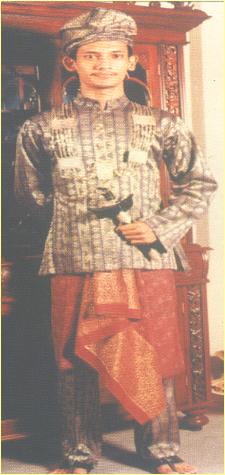
The method on how to wear this style is just by using loose fabric. The fabric is wrapped around the waist and before reaching the end of the fabric, the fabric is “beheaded”. That means the fabric is pinned while letting the end of the fabric hang down.
2) Ikatan Kembung
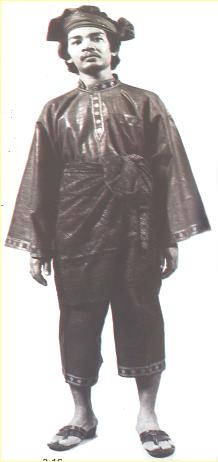
This is the style of wearing sampin that usually worn by the bridegroom in any wedding custom of the Malays. The word kembung comes from the impression of looking like you are bloating when wearing this style. The fabric is pulled to the middle or side of the body to be tied and knotted in various ways so that it will stick to the waist.
3) Ikatan Lingkup
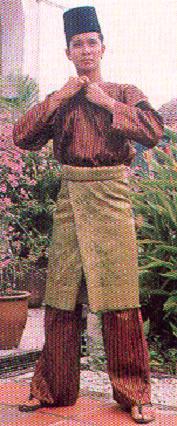
This is the usual way on how people wear sampin. The sheath fabric is rolled up and draped over the front or sides. Similar to how to wear a sarong for everyday needs.
4) Ikatan Anak Raja Lima

When wearing this style, you have to balance the fabric in the middle. Arrange and fold downwards. Finish the tiered layer. Take the bend and update the side ties at the waist.
Sources: Pecinta Warisan Melayu.

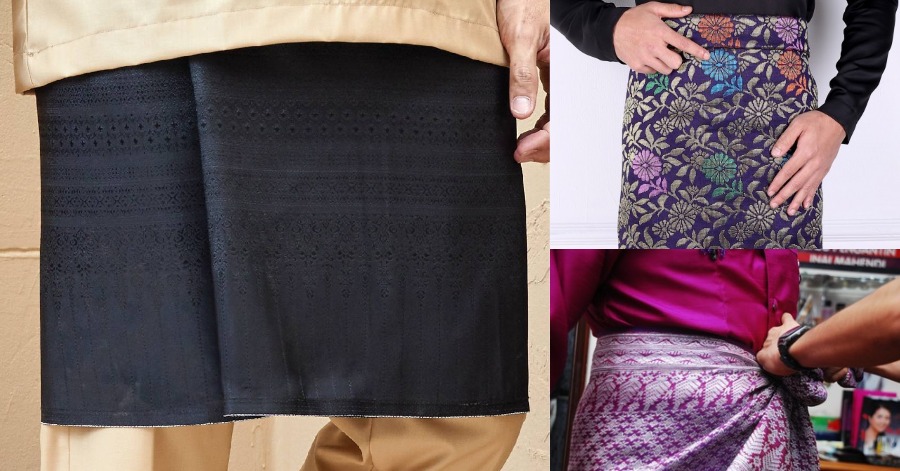
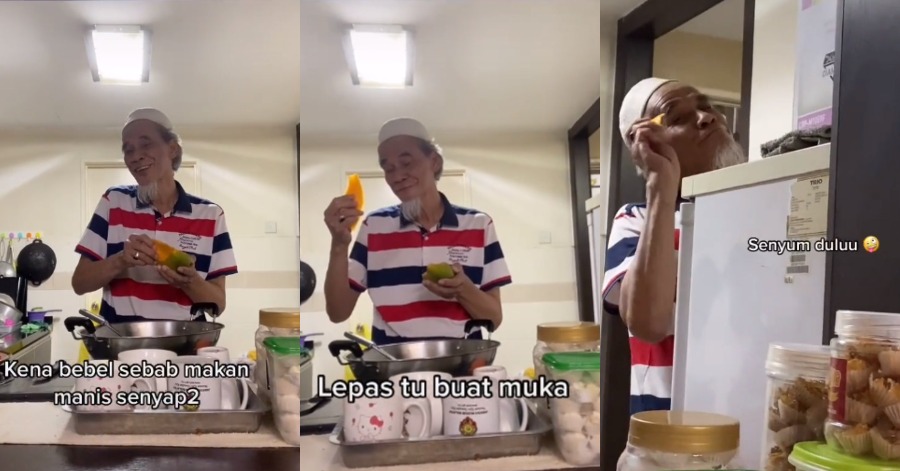

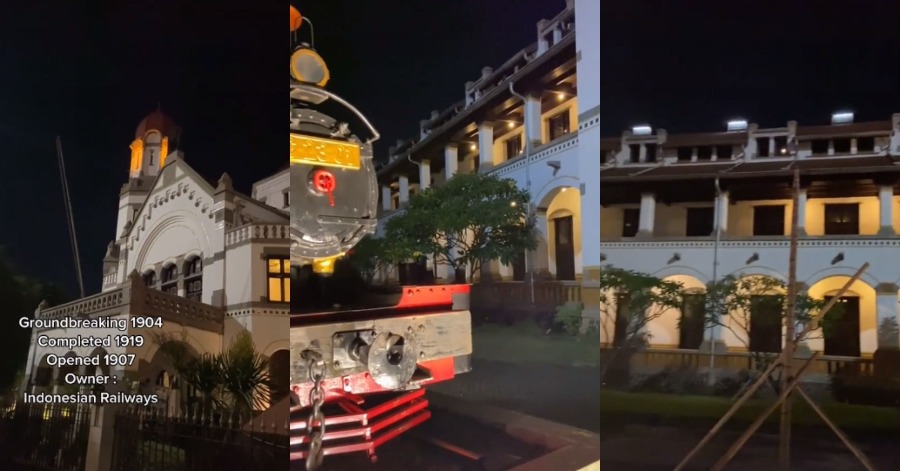
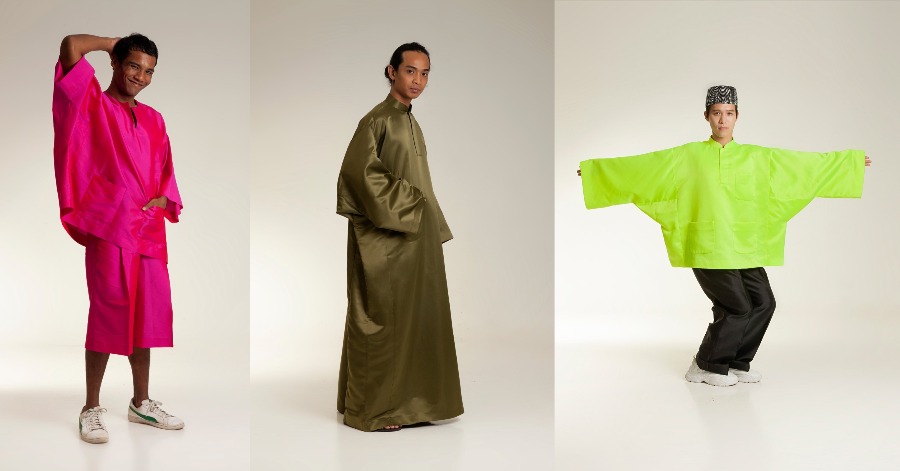
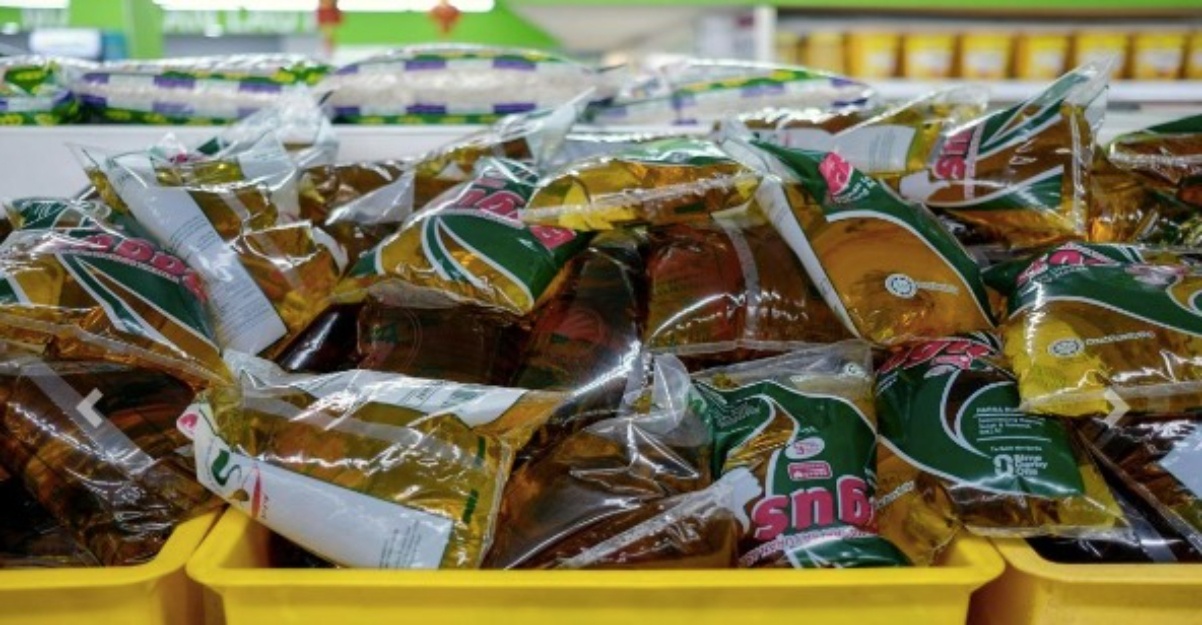

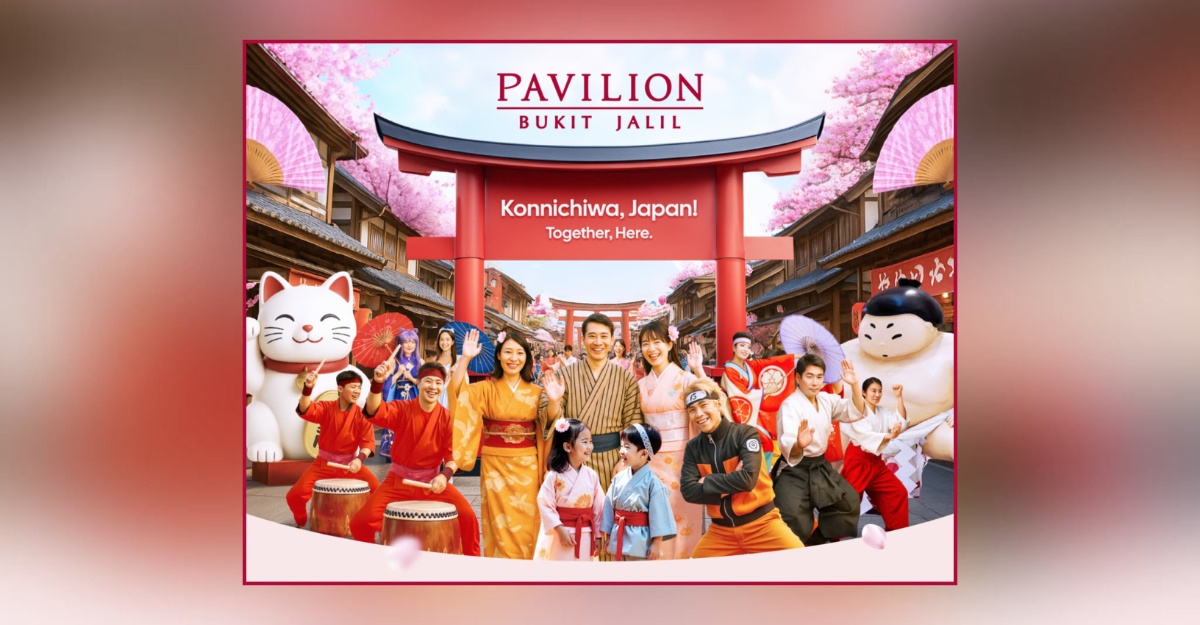
Leave a Comment